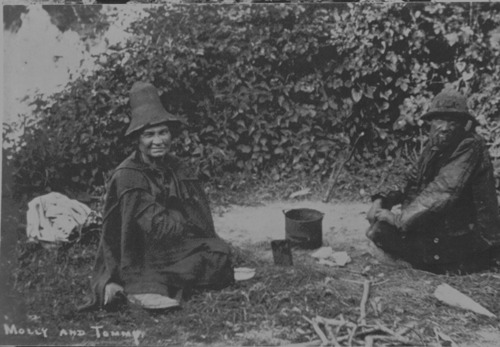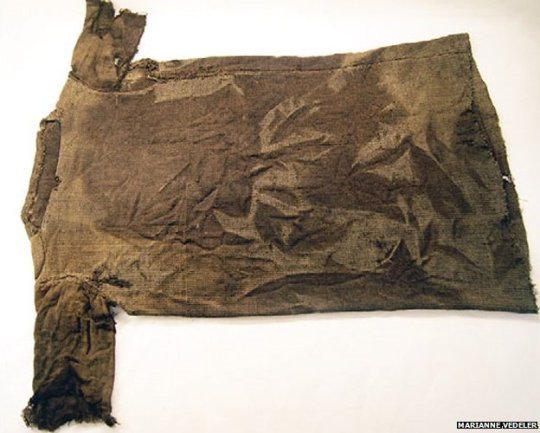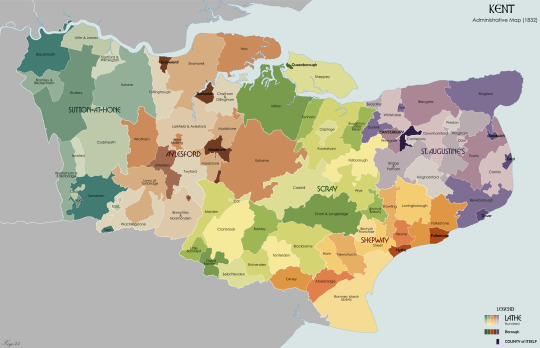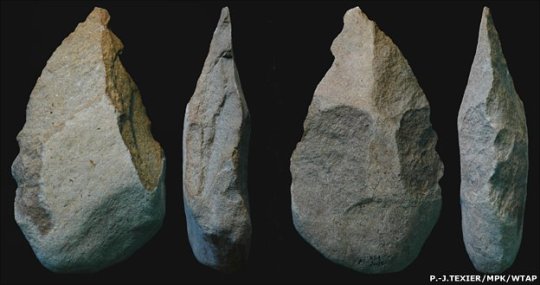Link
Clickable map of the UK showing the distribution of prehistoric stones with links to maps, pictures and details
3 notes
·
View notes
Link
Database of more than 200,000 British and Worldwide Archaeological sites and sites of natural beauty and aerial photographs of sites in England, Scotland and Wales.
0 notes
Link
Reconstructing the rise of life during the period of Earth's history when it first evolved is challenging. Earth's oldest sedimentary rocks are not only rare, but also almost always altered by hydrothermal and tectonic activity. A new study has revealed the well-preserved remnants of a complex ecosystem in a nearly 3.5 billion-year-old sedimentary rock sequence in Australia.
0 notes
Link
An A-Z gazetteer of stone circles and other prehistoric monuments in England, a personal guide to ancient British sites.
0 notes
Photo


The ‘cave’ Molly and Tommy lived in is believed to have been behind the wall on the south side of the bend in the road from Woollege Village to Womenswold a hundred yards or so before the turning into Womenswold. This was the site of Nethersole House which once belonged to the Nethersole family and was demolished in the late 1700′s. The ’cave’ may have been connected with the house, possible a cellar, or the result of the excavation of chalk for making lime.
Molly may have had some family or well-wishers in Nonington as another (unfortunately unknown) local paper reported that she was buried at Nonington church (see below). One well-wisher may have been the Reverend Sargent, the vicar of Nonington and a man noted for his acts of charity to those he thought to be in need, who in addition to conducting the burial service may possibly have had Molly buried at his own expense to avoid her having to go into a pauper’s grave at the Eastry workhouse.
7 notes
·
View notes
Photo

Well preserved Iron Age Norwegian Tunic
0 notes
Link
Stone age tools,stoneage tools,British stone age tools,indian artifacts,stone age,the stone age,stone age man,stone age people,worked flint,mesolithic age,hand axe,stone age weapons,stone age history, stone age Britian,stoneage europe,stone age timeline,ice age britain,flint arrowheads,flint knapping,clovis points,solutrean points,biface axe,stone age cave,stone age technology,lithic technology,stone age era, stone age tool, hand axes, flint mesolithic, stone age hunting, flint artifacts,stone age axes,stone age tools and weapons,flint implements,stone age flint tools,flake tools,Mousterian points,paleolithic tools,Mousterian tools, neolithic tools, Aurignacian flint tools, Acheulian flint tools,Chatelperronian,Clactonian flitn tools,Gravettian flint tools,Magdalenian flint tools,Solutrean flint tools,Quina tools,combe capelle tools,Le Moustier tools,la Gravettian tools,hand axe,end scraper,side scraper,flint flake,flint Blade,flint chopper,flint core,denticulated edge,flint hammerstone,flint knife,levallois flake,flint Patina,flint patination,projectile point, notched tool, biface tool,microliths,danish axes,burin,dihedral burin,burin flake,convergent scraper,mousterian point,straight scraper,naturally backed knife,lithic archaeology,retouch,
0 notes
Photo

Magna Carta (1215)
0 notes
Text
Melita Canterbury [Mellitus] (624). The abbot of the monastery of St. Roman. Andrew sent in the year 601 in England at the head of the missionaries to preach the help of St..Augustine. Melita taught three years in the kingdom of Kent, then was sent to the country of the East Saxons, and baptized their king Saberta, many of his subjects, became the first bishop of London. After the death of his three sons Saberta returned to paganism, but, nevertheless, sought of Melita him to their communion - fed, as they put it, "a wonderful white bread." Receive baptism, however, they were not even going and not going to delve into some Christian features, their religiosity engendered a kind of tolerance (not rare in our time), the belief that everything, in fact, one and should not shoot extra partition. Such tolerance, if it has the authority, is strikingly aggressive and Melita had to leave the country to remain true to his convictions. In 619, he became Archbishop of Canterbury. Bede, Ecclesiastical History.Butler, 24.4. Memory April 24.
0 notes
Photo







Maps I
3 notes
·
View notes
Link
Useful
0 notes


